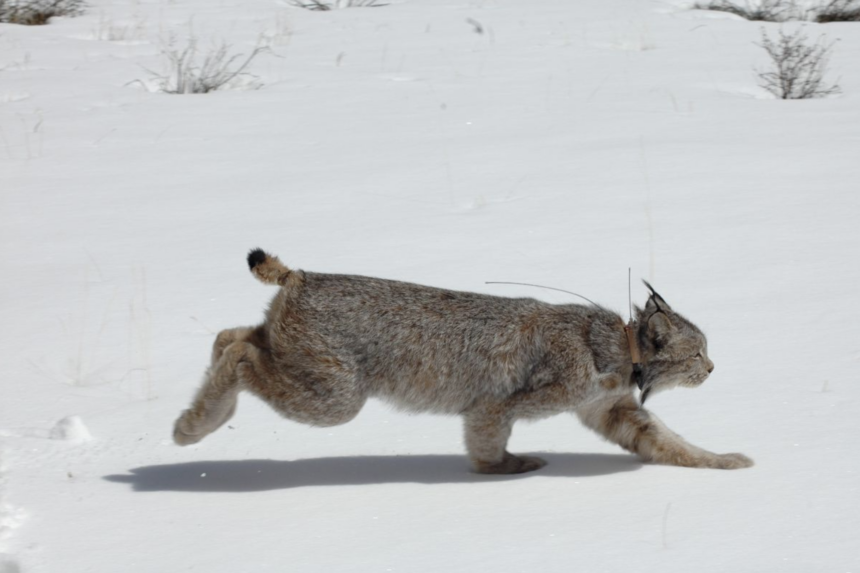Stable population of lynx in Colorado after reintroduction 20 years ago

DURANGO, Colo. (KRDO) -- Colorado Parks and Wildlife says there's a stable population of lynx since reintroducing them 20 years ago.
Wildlife officers have been monitoring the presence of the big-footed felines using remote cameras and wintertime snow tracking. Data shows there's between 150 and 250 in the San Juan mountains
CPW has released 218 lynx from 1999 and 2016, with each animal wearing a trackable collar. Before halting all monitoring in 2011, wildlife managers documented evidence that the wild felines were reproducing and expanding their territory.
In 2014, state biologists launched a 10-year study to begin monitoring the reintroduction's progress again.
“Successfully reintroducing lynx was one of the most significant projects Colorado Parks and Wildlife has ever accomplished and it's important that we continue to learn how the lynx are doing,” said Scott Wait, senior terrestrial biologist in CPW’s Southwest Region. He was on the initial reintroduction team and is one of three lead investigators on the current study.
Biologists are using new technology and old-school techniques to monitor the population of lynx in part of Colorado.
Since lynx are elusive and live in remote, high-altitude spruce-fir forests, wildlife managers need to appropriately select a plot of land to study. It's expensive and practically impossible to get an exact number of lynx in the state, but techniques like occupancy monitoring can give researchers a confident estimate.
Occupancy monitoring entails documenting the presence of an animal in an appropriate habitat. For its latest study, CPW has selected a 9,600 square mile area in southwest Colorado to study the lynx population.
Biologists randomly selected 50 units for study, each measuring about 29 square miles and divided into quadrants. One cameras is placed within each quadrant to capture possible lynx activity.

Researchers also survey the land plots during winter. Using snowmobiles or skis, biologists can look for tracks and pick up lynx scat and hair for genetic analysis. In the summer, CPW staffers hike or scan the area by horseback riding.
The cameras can be extremely useful for their research, Wait says. These carefully placed cameras only take pictures when movement and heat are detected. The photos help document the time, date and temperature.
More than 100,000 photos are taken each winter season. Wait says sorting them out in the spring can be time-consuming and tiring task. Besides lynx, the cameras will photograph elk, deer, bears, mountain lions, coyotes, and several other wildlife. Two people have to look at each photo to ensure they are identifying the lynx correctly.
Eric Odell, species conservation program manager for CPW, says their monitoring shows that the lynx population is stable in the San Juan mountains.
“There are a lot of variables we have to deal with,” Odell said. “But that’s the nature of wildlife surveys. We made a huge commitment to reintroduce lynx to Colorado 20 years ago and we continue that commitment.”
As part of their research, residents can also report the wildcat to CPW. Click on this link to file a report online from your computer. Lynx live at 8,000 feet and above, with large feet being a distinguishing characteristic.
